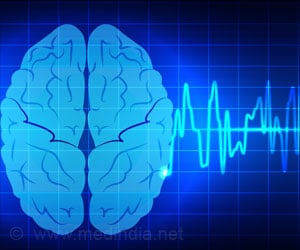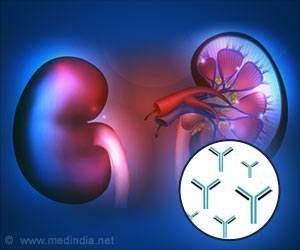Seizures don’t just shock the brain—they drain its energy reserves, sparking an emergency response from support cells like astrocytes.

Electrophysiological correlates of lucid dreaming: sensor and source level signatures
Go to source).
‘Did You Know?
A single seizure can cause a rapid crash in brain energy, revealing the brain’s hidden power struggle. #seizure #brainreflux #energy #astrocytes #medindia’





A single seizure can cause a rapid crash in brain energy, revealing the brain’s hidden power struggle. #seizure #brainreflux #energy #astrocytes #medindia’
How the Brain’s Energy Game Changes Mid-Seizure!
The belief was that the brain always had a steady supply of energy, even in the case of an emergency like seizures. This new study, however, presents a different picture!Researchers induced epileptic seizures in a mouse and tracked its brain metabolic activity. What happened after was shocking; the seizure didn't just disturb the electrical activity of the brain, but it was rapidly depleting the neuronal ATP (Energy Currency of the brain)
They also noticed two other major shifts inside the brain.
Blood Volume Increase:
The body responds by increasing blood flow to the brain, delivering more oxygen and nutrients in an attempt to compensate for the sudden energy drain.
Fluctuating Pyruvate Levels:
Pyruvate levels in astrocytes (a key player in energy metabolism) fluctuated due to the rapid conversion of glucose from the bloodstream into pyruvate during heightened metabolic activity.
Advertisement
How Astrocytes Respond to Seizure Chaos?
Astrocytes are star-shaped glial cells in the brain. But they aren’t the main stars like neurons; they’re the unsung heroes behind the scenes, supporting, feeding, and protecting neurons. During seizures, astrocytes sense this crisis and accelerate the conversion of glucose into pyruvate in an urgent attempt to meet the soaring energy demand.Once produced, pyruvate takes one of two paths:
- It can be directly utilized by astrocytes to generate energy through their mitochondria.
- Alternatively, it may be transported to neurons, assisting them in maintaining ATP synthesis and surviving the electrical storm.
- Electrophysiological correlates of lucid dreaming: sensor and source level signatures - (https://www.jneurosci.org/content/early/2025/03/27/JNEUROSCI.2237-24.2025)
Source-Society for Neuroscience







